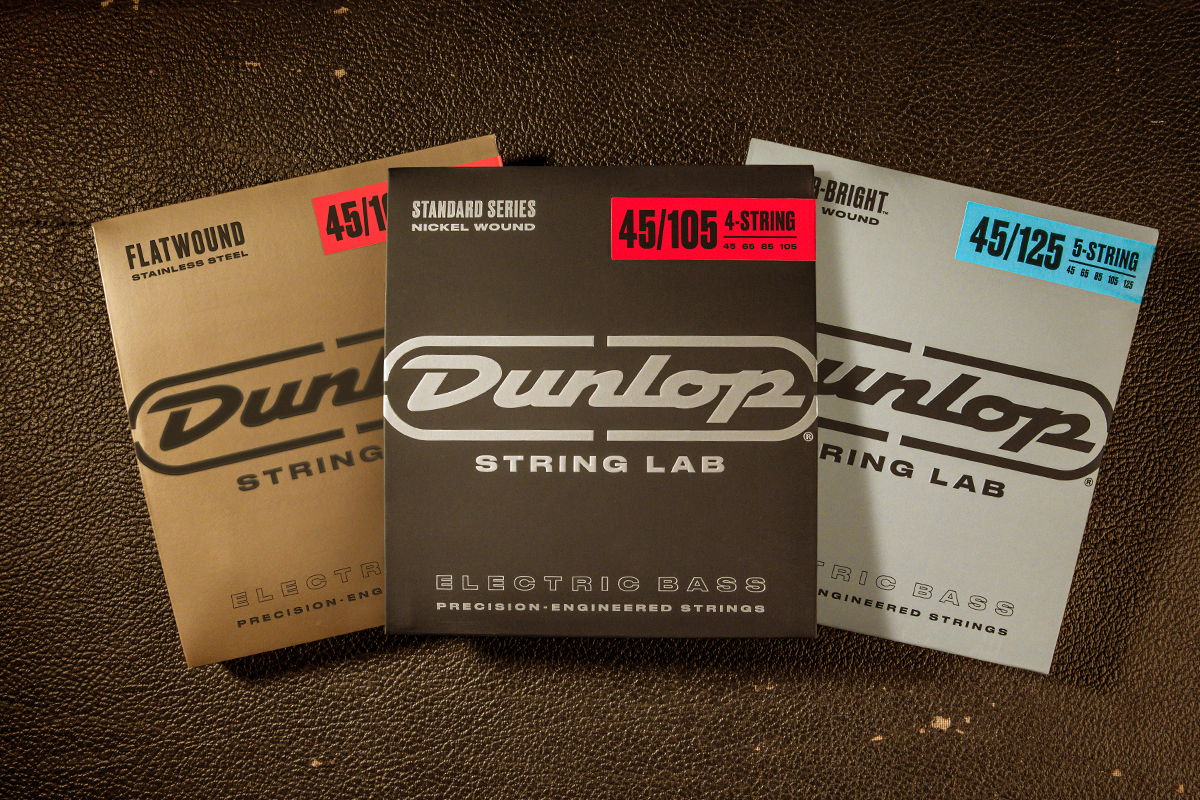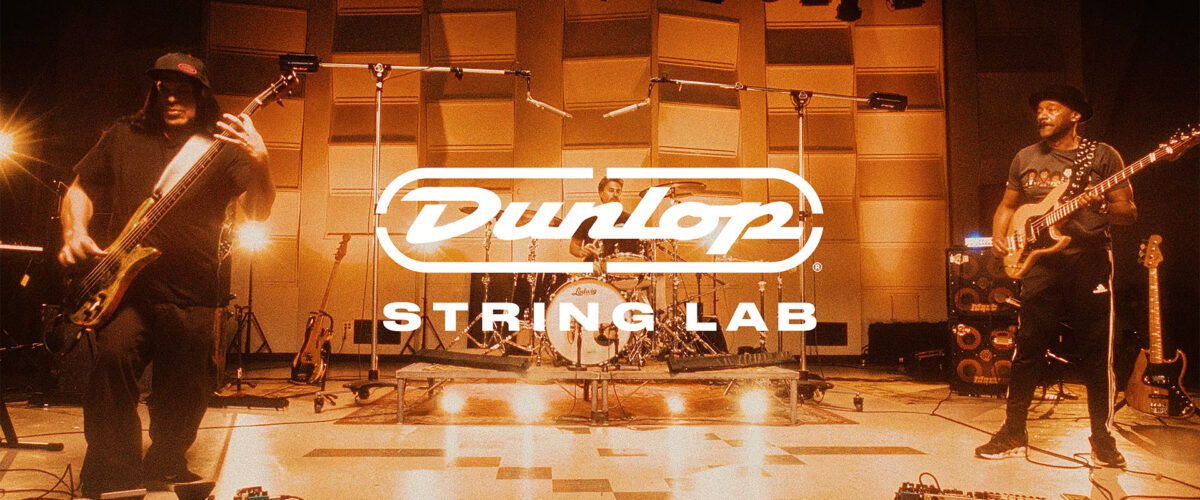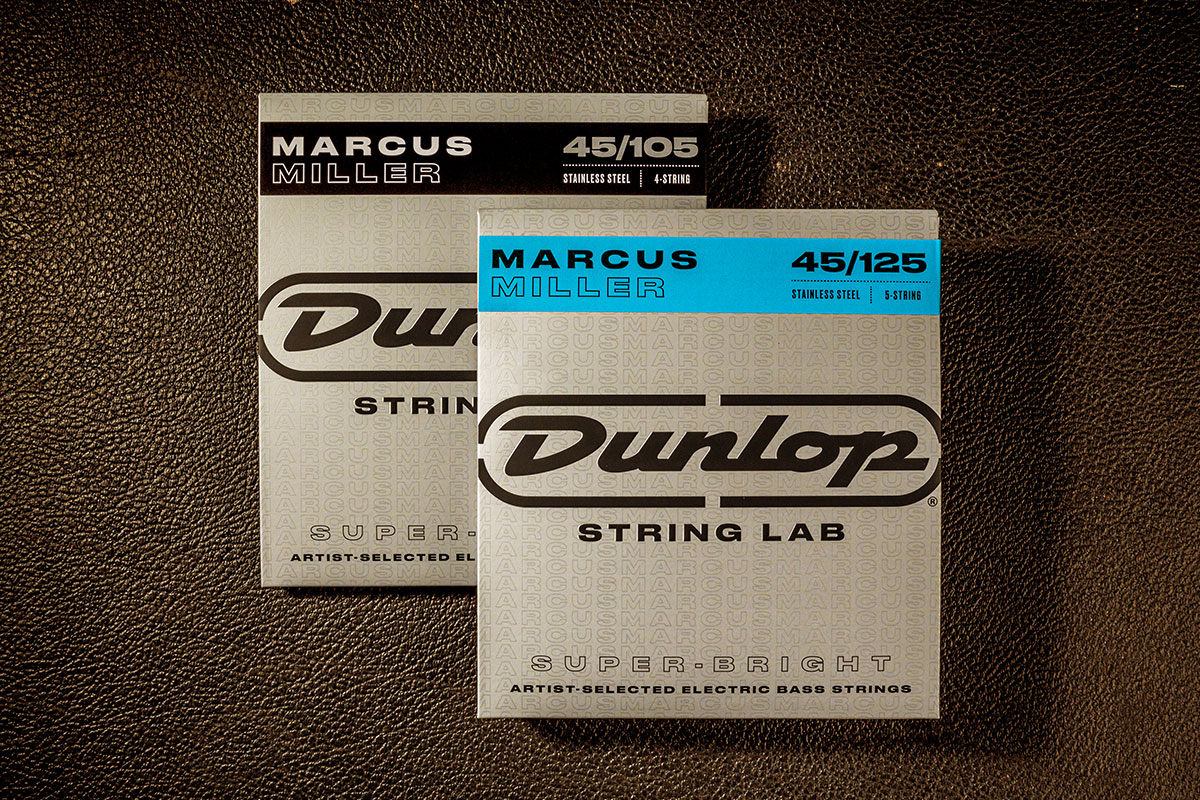As bass players at Dunlop, we’ve covered lots of ground. We’ve played every kind of string through effects pedals, amps, and recording setups to get the performance edge and modern voice that our gigs—and our instruments—demand.
So when we set out to create our own bass strings, we were determined to create the perfect set for ourselves, our artists, and other bass players. Right from the beginning, we knew we’d have to do something new.

WHAT MAKES A MODERN STRING?
Carving our own path meant taking a fresh approach. Instead of relying on old techniques or studying what had already been done, we began by asking what was possible. Could we make a low-tension string that delivered a bright attack and warm mids? Could we make flatwounds that were more flexible, with a wide low end and a punchy midrange fundamental?
We decided that it could be done—if we put in the work and did it our way, from the ground up. This was the beginning of a multi-year adventure.
PUSHING THE LIMITS
While we were deep in the lab, two of the world’s best players came to us looking for a modern and more expressive string. Marcus Miller’s skills as a multi-instrumentalist, songwriter, and composer have earned him two Grammys and the esteem of critics and musicians across genres. He knows about carving his own path, too: After playing clarinet all through college and then switching to saxophone, he realized that he wanted to play bass—not the tall, old-fashioned upright, but the electric bass guitar he was hearing in R&B, funk, and soul.
I realized that’s the thing that was driving a lot of the music,” Marcus says. “I had to fight to get to it.
Like Marcus, Robert Trujillo started out on other instruments before landing on bass. He wanted to be a drummer, but it was only after a stint on a small plastic organ that Trujillo got his hands on a hollow-body 4-string that would set him on his low-end path. “I discovered that the bass had a strong presence in bands like Led Zeppelin and Black Sabbath,” he says. Today, Robert is world famous for bringing his aggressive, grinding grooves to hard rock’s greatest acts, including Ozzy Osbourne and, of course, Metallica.







